I've been using Pinterest for nearly a year now. Pinterest makes bookmarking inspiration easy. For those of you who do not know about this social media website, let me explain.
In short, Pinterest is a social media website that allows web users to 'pin' a web page featuring a recipe you'd like to try, a craft idea, a pretty dress or shoes that would complement your wardrobe, a hairstyle you like, or anything else that you find on any website while you browse the web. The 'pin' is stored as an image with a reference to that web page. These pins can be organised into various boards and revisited at a later time. Instead of a text-only bookmark description of the page, the items 'pinned' are stored with an image, and these are displayed in a grid layout on the page. That way, they can see all of their pins and remember that nice dress or the delicious-looking chocolate tart recipe that they wanted to try.
While I have been using Pinterest for my own inspirational benefit, I have also been researching how companies are using this relatively new social media tool to promote their businesses. Generally, I think companies using and embracing social media websites need to follow some rules, and I am not convinced that Pinterest will work for every company. (Why jump on the bandwagon for the sake of it and without a clear direction?) I also find that some of these companies to have missed opportunities and missed what their followers want to see. I've drawn up a few rules below.
One of the biggest mistakes that companies make with their social media websites (Pinterest) is to post irrelevant information and imagery. The simple rule to follow is that if the image does not relate to the brand or product, then why post it? Companies must also ensure that images posted also represent the brand and connect with the brand's followers. For example, image you are following a shop that specialises in furniture and the furniture brand posts imagery with cute animals in amusing posts with cute quotations. This generally does not relate to the brand.
Another common mistake is uncertainty of using Pinterest and how to use it for the audience - including what type of content to post and how frequently to post it.
Another fact about Pinterest to help: Most of the users are middle-aged females. In an article written by Jainchill (1), she describes Pinterest as a 'scrapbooking' website, which has a large following of women interested in creative endeavours to organise memories.
Naturally, specific products and industries are adopting Pinterest more than others. Fashion, food, interior design, style, and travel are all areas that have made a success out of Pinterest.
In the travel industry, companies are adopting Pinterest to show exotic places to visit. According to Lisa Cohen of Voyages Group, "over 50% of Facebook users make buying/brand decisions based on photos of their friend's pages." (1). The travel industry are excited by the demographics of Pinterest, (females between the ages of 25-44 with a household income exceeding $100,000). (1). As travel photographs (and photographs of exotic locations) features heavily on Pinterest, I know many re-pin photographs of places that they would like to visit someday. (I have, and I used to collect this data in a document with a link to an URL, but this simple text entry does not do the same justice at remembering what I liked about the place as a photograph does.)
I've taken a look at companies who are using Pinterest across different industries and have rated each one.
Sephora (Rating: 5/5)
Sephora sells beauty products, and their Pinterest site showcases their products and current fashion and beauty trends. Their Pinterest website lists fashion tips, images from Instagram, products, make-up colours, and examples of make-up from other users (such as fingernail art). This site is all about beauty and trends.

http://pinterest.com/sephora/
Gap (Rating: 4/5)
Gap's Pinterest site showcases its clothing ranges and different styles, including providing gift ideas around the holiday season. They also provide several Pinterest boards featuring the T-shirt design company, Threadless, and boards that feature several different craft ideas using old clothing. While I feel that the boards do promote the brand, I was confused about the connection that the company have with other brands, such as Threadless. Also, while the craft products encourage fans to be creative, I am not sure that this is a good place. If anything, I would combine these boards into one.
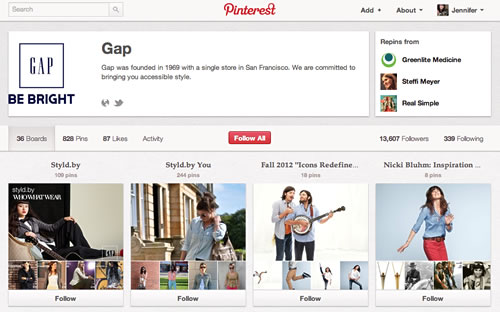
http://pinterest.com/gap/
Benefit (1/5)
The cosmetics company list many of their products on their Pinterest site along with make-up tips. However, the company seem to be confused as to what to do with their Pinterest page and have listed several boards that have nothing to do with the brand, such as a random selection of travel-related photographs, food, and summer photographs (organised into separate boards). I feel that these do not belong and that they should focus more on their products and not on creating boards filled with imagery from other pages on the web. While "creamy coconut pops" and "multi-coloured snow cones" look and sound great, this and photographs of random travel resorts, cosmetics, and other food or fashion items doesn't relate to their products. It may fit the demographic, but I don't want to visit the company's Pinterest page to view unrelated imagery. I want to see where I can buy the sparkly glitter lip gloss, but as it is linked to someone's random website, I believe that it is not even their own cosmetic product.
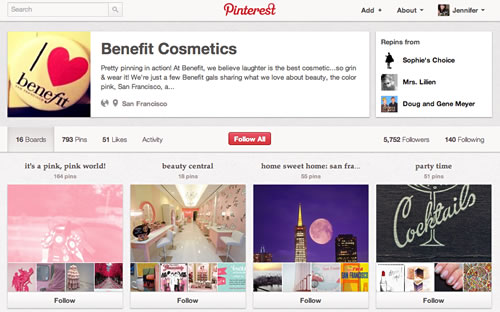
http://pinterest.com/benefitgals/
Links of London (Rating: 5/5)
Links of London is a designer jewellery shop. Their boards showcase press releases, celebrities, and their collections of fine jewellery, organised into different product categories. The company created boards for various Olympic events and marketing campaigns during the Olympics. They also have created boards for their fans to submit images for different competitions. Overall, I feel that the boards do focus on their products and brands and also allow others to contribute. (I am over-looking the fact that one of their boards does contain imagery that do not focus solely on their product or brands.)

http://pinterest.com/linksoflondon/
IKEA UK (Rating: 5/5)
The Swedish furniture and home store's Pinterest page displays several of their products organised into different boards (by room) for quick inspiration. The boards and photographs of the items contain good descriptions (and, in some cases, a cost associated with the product). They have also created special albums for special days (Father's Day) to help customers decide what to buy.
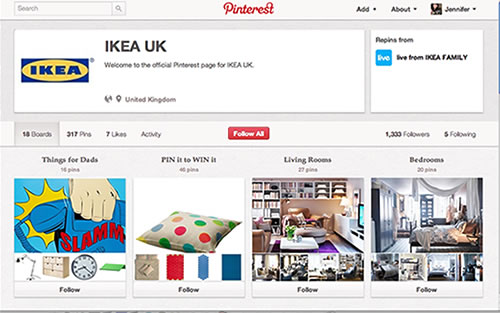
http://pinterest.com/IKEAUK/
Innocent Drinks (Rating: 2/5)
Innocent Drinks make healthy snacks and drinks and support charitable causes. The company like to be thought of as 'fun' with some of the pins and imagery that they produce. They also get their fans involved by posting images in a board of items that their fans have sent them. The drinks company have not done a lot with their Pinterest page, and I could argue that some of their boards or pins do not represent the products or the brand. Also, some of the boards look bare.

http://pinterest.com/innocentdrinks
Taco Bell (Rating: 4/5)
Taco Bell, the American fast food chain, use Pinterest to promote their brand and products. Some of the pins feature imagery created by fans, such as tattoos and tacos being eaten in various places in the world. I'm not really convinced that tattoos of the brand (that don't completely follow the brand) really should be on these boards. I personally feel that they could do better and also have better descriptions on the page and images/boards.

http://pinterest.com/tacobell/
Auntie Anne's (Rating: 1/5)
Auntie Anne's is an American company specialising in pretzels. The shops are usually to be found in the cafe court areas in large shopping malls. (They have recently made their way to the UK as well.) The Pinterest page for this company contains several boards. Some of the boards show the company's history and headquarters city. Others show their followers' photographs relating to the company's products. Other than that, the remainder of the boards (all nine of them at the point of writing) have little or nothing to do with the company. I do not understand what drawings from children, random quotations, fashion and wedding boards have to do with pretzels. Other boards feature random pretzel recipe ideas and pretzel-inspired items (jewellery and handbags). I am fairly confident that many followers would find most of these boards too much of a diversion and question why Auntie Anne's pretzel company is posting a photograph of yellow women's shoes with the caption "Still on my mission to find the perfect yellow shoes."

http://pinterest.com/auntieannes/
Krispy Kreme (Rating: 4/5)
The doughnut company, Krispy Kreme, have used professional photographs and Instagram photographs on their Pinterest page. The page features a few boards that relate to the company, and these boards remain true to the brand. Of course, doughnuts and branding feature prominently. The photographs are professional and seasonal. (At the moment of writing this, they have a county fair board as it's the time of year for county fairs and a "Talk Like a Pirate Day" giveaway.) Other boards feature coupons that dedicated followers can print out. The boards are spot on, but many of them seem to be fairly empty. I'd like to see more photographs of doughnuts.
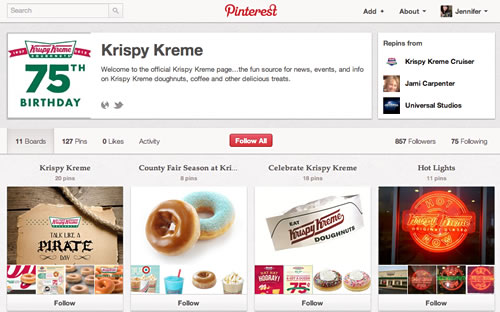
http://pinterest.com/krispykreme/
Cosmopolitan Magazine (Rating: 5/5)
The women's magazine Pinterest page contains boards that relate to their magazine's features: health, beauty, fashion, food, cute men, and magazine covers. The boards contain links to the features from Cosmopolitan's website mentioned in the pins. The content is relevant and ties in with the magazine.
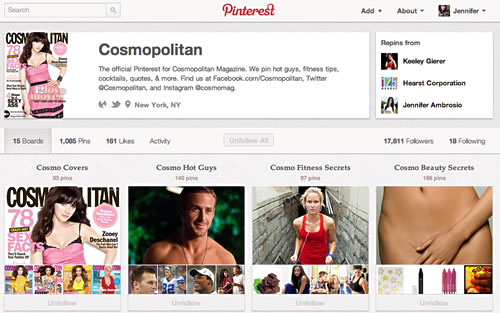
http://pinterest.com/Cosmopolitan
Fossil (Rating: 3/5)
The fashion company Fossil have created several boards with various items that inspire them. While the boards are organised well, I felt that some of them did not fully showcase the brand but are simple re-pins based on the style or theme of the board. I feel that this is a little too much noise and that their Pinterest page should focus more on their products. Their selection of pins seems to have some relevancy to their products and the brand, but I feel that there may be a little too much noise.
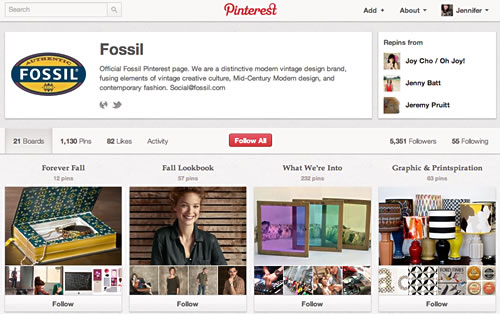
http://pinterest.com/fossil
Southwest Airlines (Rating: 3/5)
Many of the boards on this page feature holiday destinations that the airlines flies to, its fleet, vintage photographs, employee photos, and travel-related products and items. There are a few random boards and images that seemed to miss the mark, in my opinion.
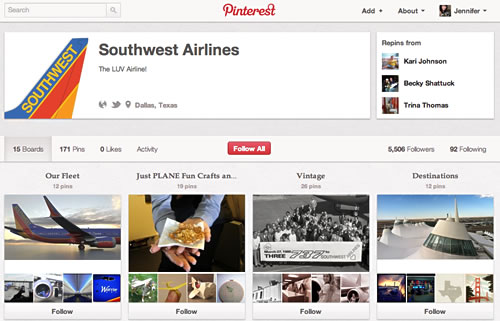
http://pinterest.com/southwestair/
Etsy (Rating: 5/5)
It would be difficult for an art/craft-seller's marketplace Pinterest website to turn out wrong, particularly when many of its users are women (and women who do appreciate art) and fit the Pinterest demographic. This page features many boards with sellers' items, all organised. I cannot fault it. In fact, Etsy had already been doing something similar to Pinterest even before Pinterest, with its user-created Treasury lists. (Sure, it is executed a bit differently, but it is essentially the same idea.)
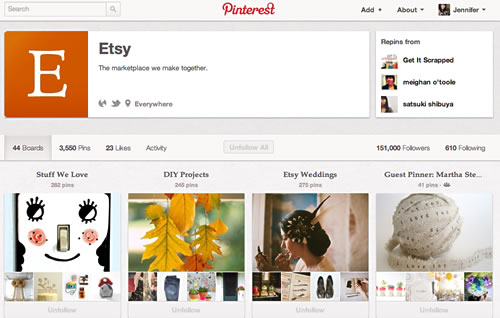
Real Simple Magazine (Rating: 5/5)
Similar to the same demographics as Etsy and Pinterest, this page lives up to the brand.
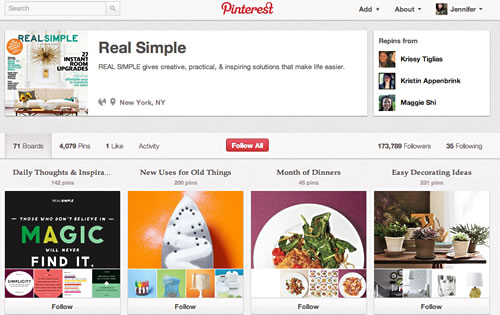
http://pinterest.com/realsimple/
STA Travel (Rating: 4/5)
This Pinterest page features many travel boards and travel products, but I don't see what the 'cupcakes' board has to do with travel.

http://pinterest.com/statravelus/
Susan Gunelius has also posted a few companies that seem to be using Pinterest really well. These include the beauty company Birchbox (http://pinterest.com/birchbox/), WholeFoods (http://pinterest.com/wholefoods/), Scholastic (http://pinterest.com/scholastic/), Better Homes and Gardens (http://pinterest.com/bhg/), and Michael's Stores (http://pinterest.com/michaelsstores/). Obviously, all of the above companies are more popular with women shoppers.
1) Jainchill, Johanna. Travel companies see potential in scrapbooking site Pinterest. http://www.travelweekly.com/Travel-News/Online-Travel/Travel-companies-see-potential-in-scrapbooking-site-Pinterest/ [10 April 2012].
2) Gunelius, Susan. 5 Brands Using Pinterest Brilliantly. http://sproutsocial.com/insights/2012/02/best-pinterest-brands/ [13 February 2012].

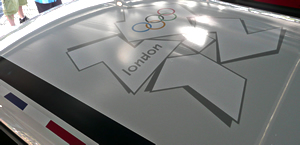
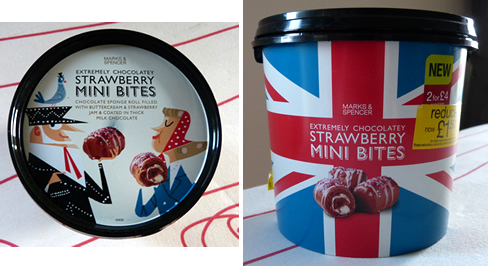
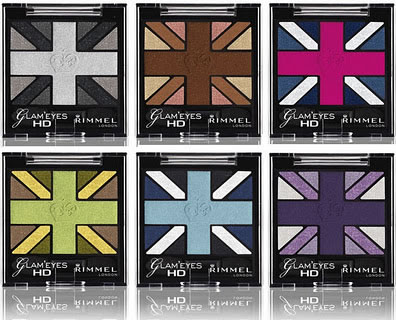
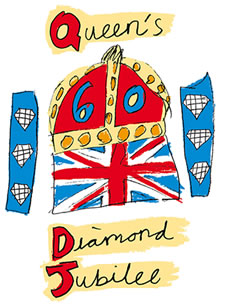
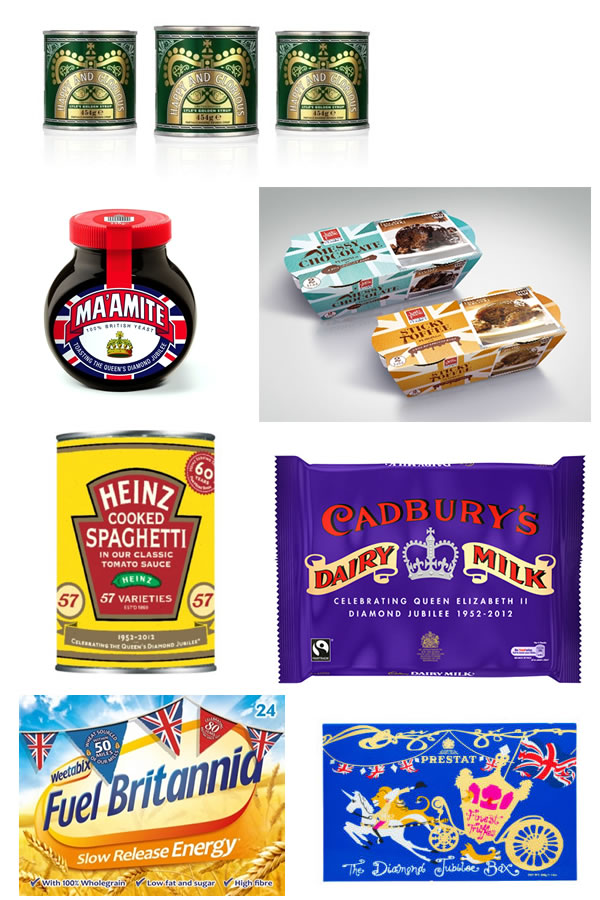
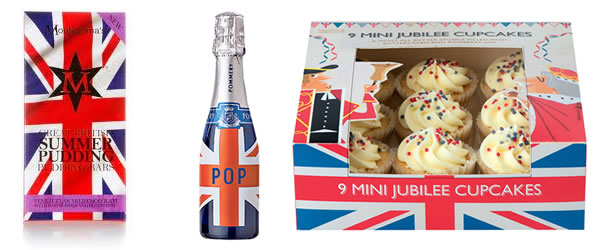
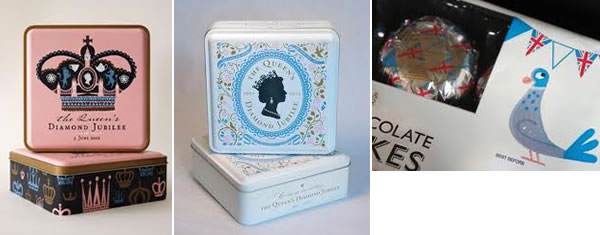
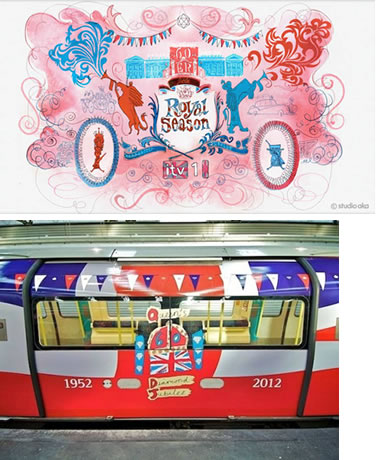

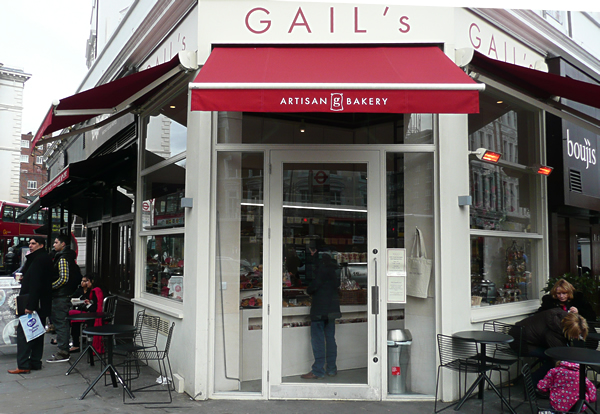
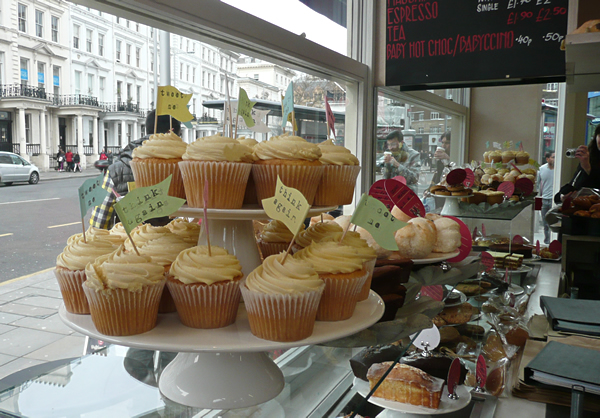
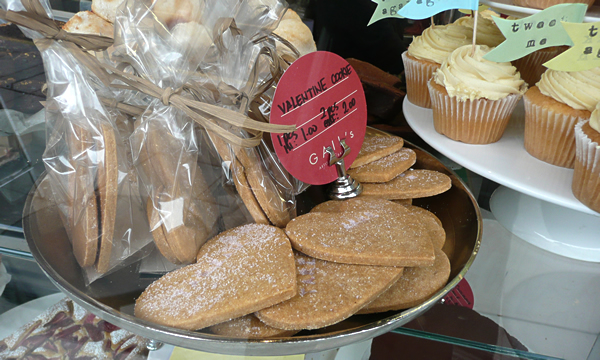
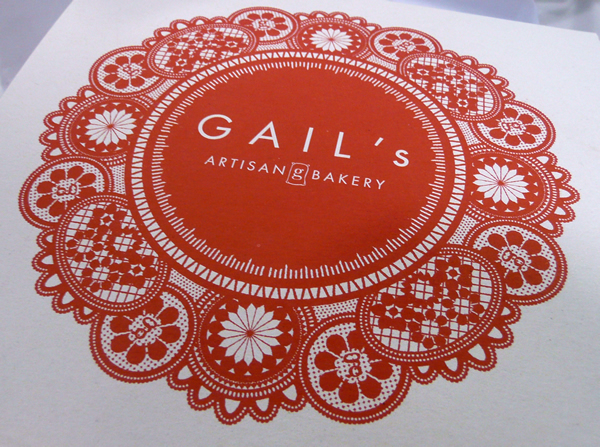


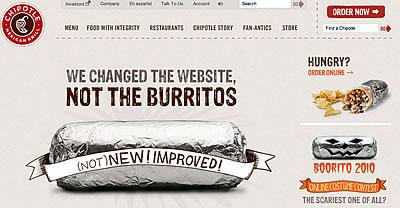
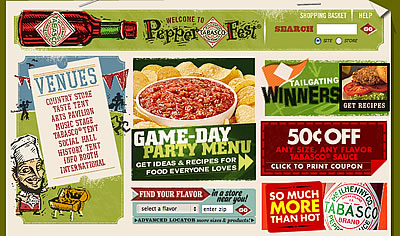
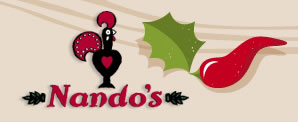
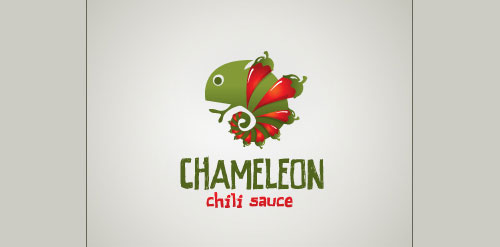
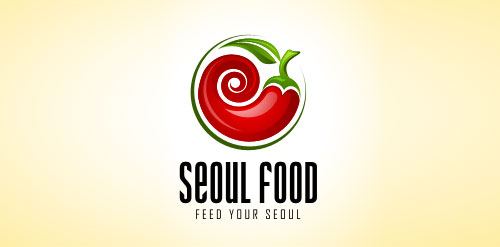
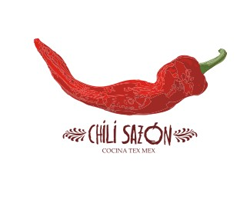
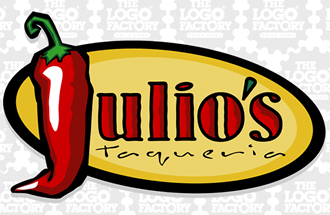
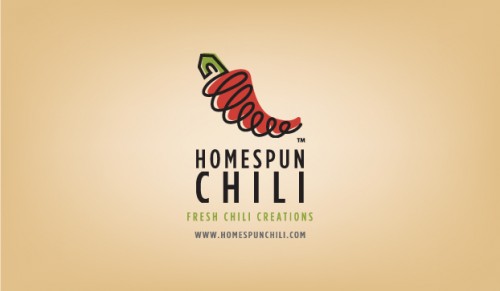
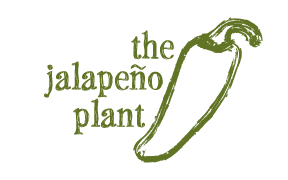
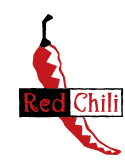
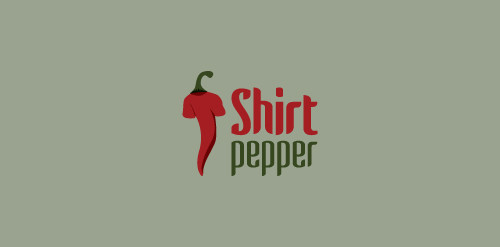
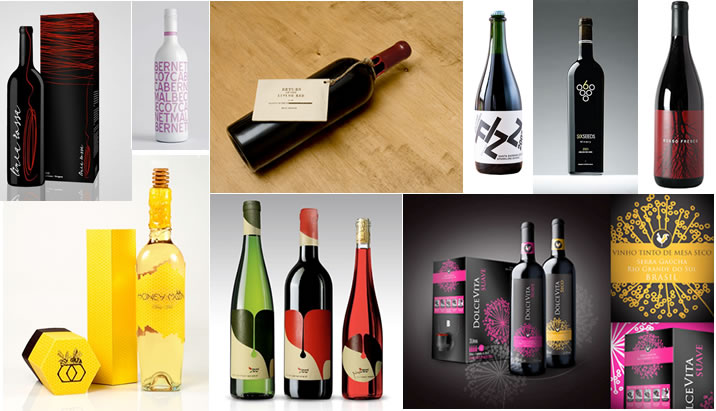
Recent Comments